Lava lamps are one of my favourite things to make. They are very easy to make but really impressive for children to watch.
I also have a pumpkin lava lamp you might like.
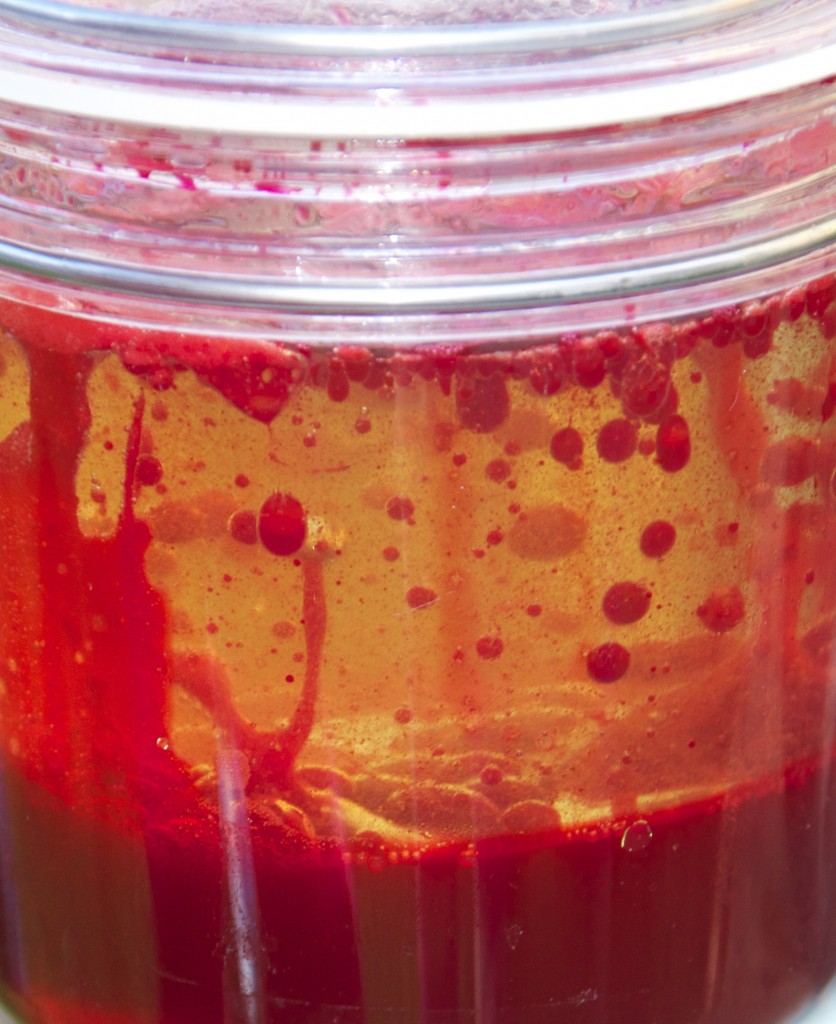
You will need
- A clear plastic bottle or jar
- A bottle of vegetable oil
- Water
- Alka Seltzer
- Food colouring (a spooky colour )
Instructions
Fill the bottle or jar a quarter full with water.
Top up to the (near) top with the vegetable oil.
The oil and water should separate into two layers, water at the bottom and oil sitting on top. Add about 6-8 drops of food colouring once they have separated.
Pop in half an Alka Seltzer tablet and watch the bubbles form.
Add more Alka Seltzer bit by bit to keep the bubbles rising and falling.
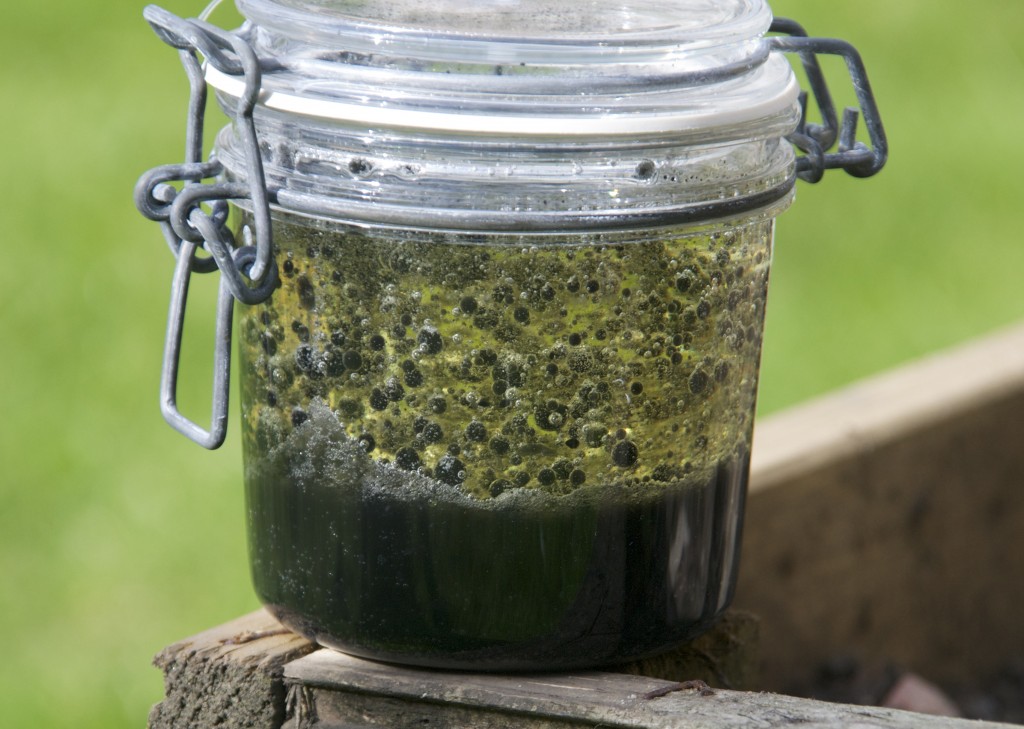
Whatever you do, do NOT shake them up as my 2-year-old did. Let's just say it was very messy!
What's going on?
Firstly, water and oil do not mix - this is because water is a polar molecule - its structure means that it has a positive charge on one end and a negative charge on the other. Water molecules stick together because the positive end of one water molecule is attracted to the negative end of another.
Oil molecule structure is different - it is non-polar, meaning that its charge is more evenly spread out, so the oil is not attracted to water - in fact, we call it hydrophobic (water-fearing) as it tries to get as far away from water as possible and will not mix.
The reason that oil rests on top of the water rather than underneath is because it has a different density to water.
As the alka seltzer is added (this is made of citric acid and sodium bicarbonate), it reacts with the water to form carbon dioxide gas and sodium citrate. It is the carbon dioxide bubbles that carry the coloured water to the top.
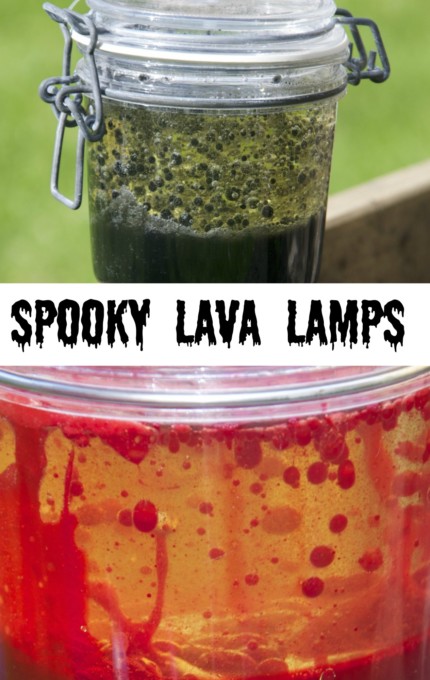
Last Updated on October 6, 2023 by Emma Vanstone
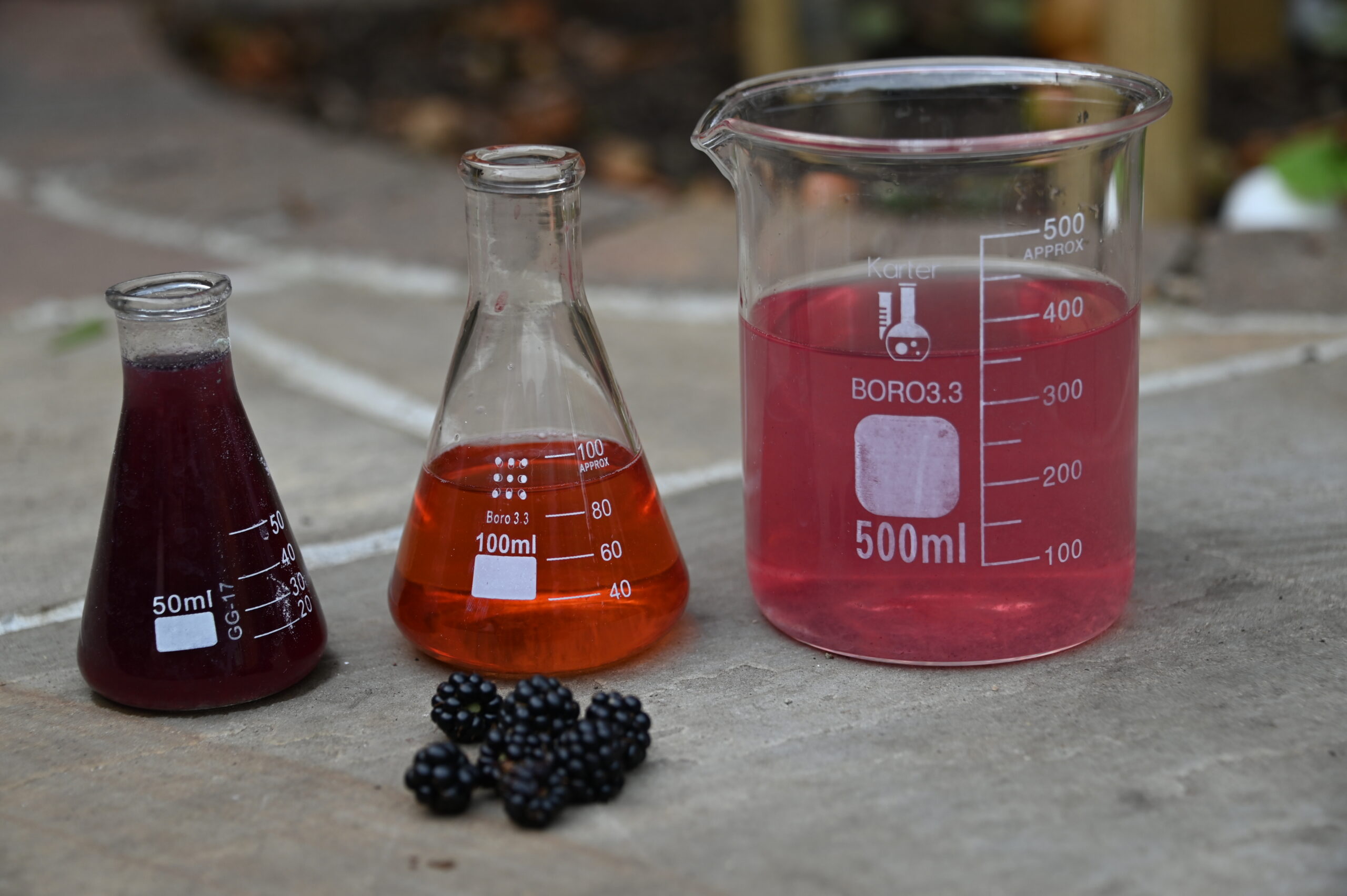
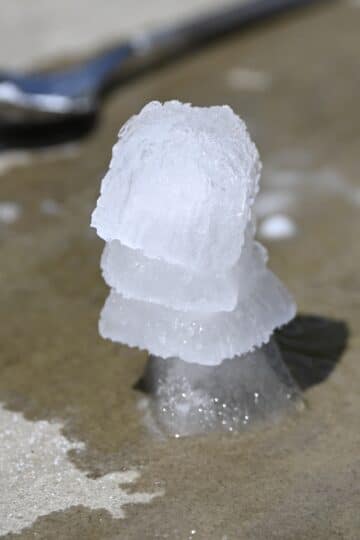
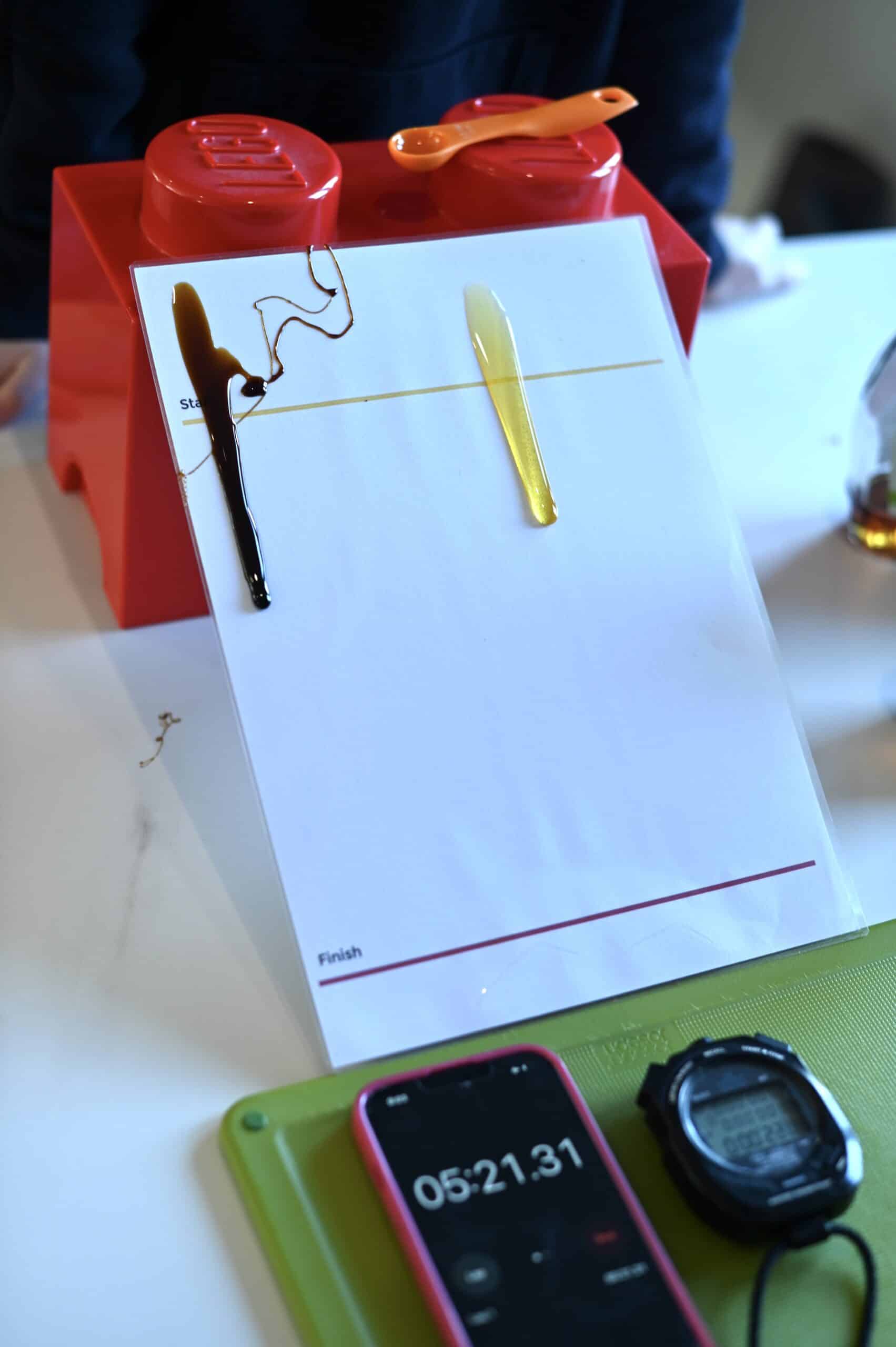
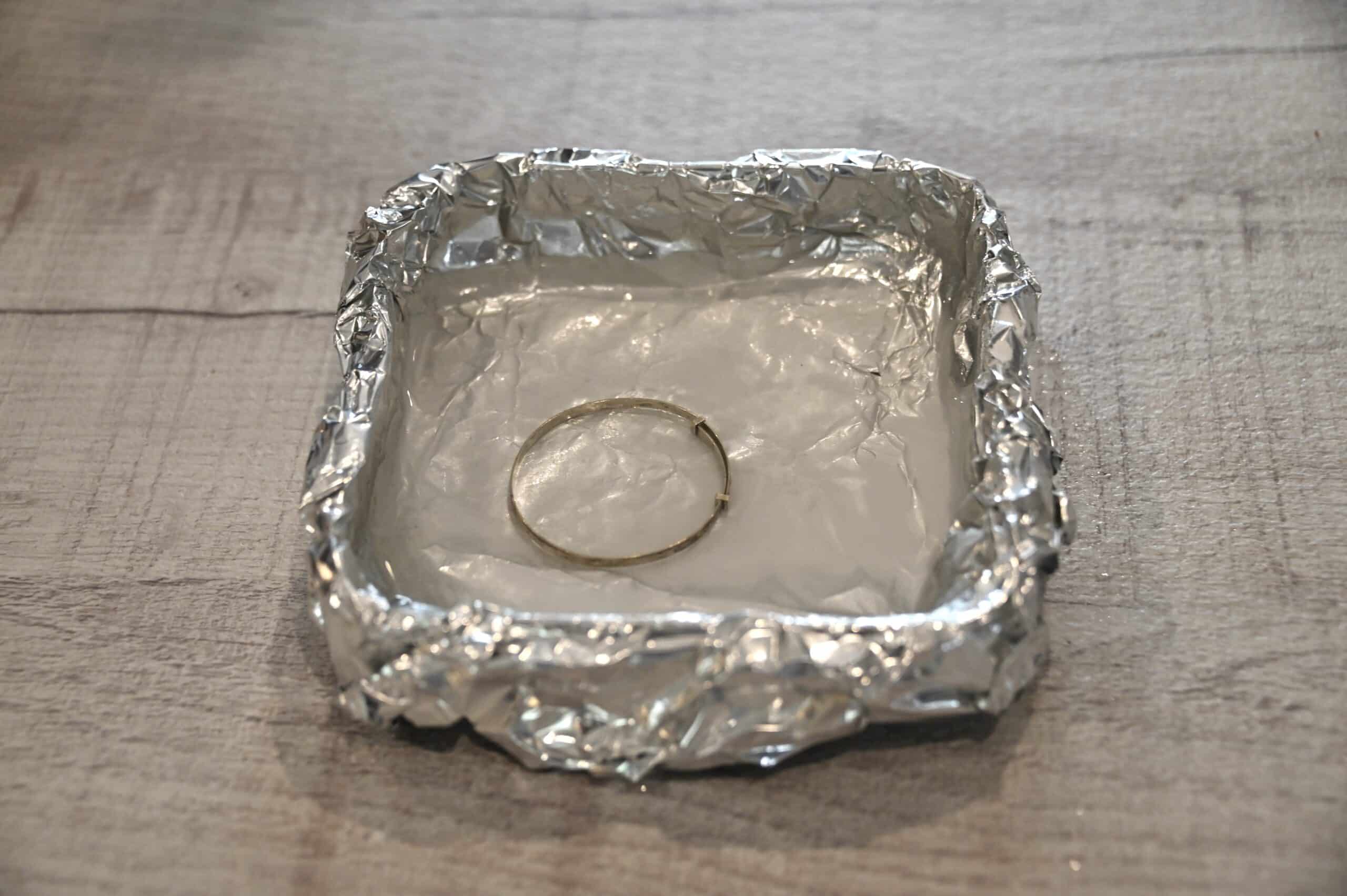
maggy, red ted art says
Ooh they look great! That second one looks like frog spawn. Yeeewwww.
ScienceSparks says
ha ha 🙂
michelle trujillo says
I thought that was really cool I really liked the first lava lamp pic.
Crafty Kiddies says
I always assumed that these were much harder to make - sure Scamp would LOVE to make a pink version so we'll try to have a go!
ScienceSparks says
they are fab, and you can reuse them!
Bethany @ No Twiddle Twaddle says
Those look very neat. We will have to try making them some time.
Mary says
I've never heard of adding alka seltzer (where have I been?). These are great! Thanks for the ideas!
Jill @ A Mom With A Lesson Plan says
Alka seltzer is a fantastic idea! The kids are going to love this one!
ScienceSparks says
It is very cool.
Joanna says
Is there a way to print out how to make the lava lamps? Its a great idea but I can't have 20 kids around one computer to find out how to do this.
Thanks.
Emma says
I have just discovered this site and it's great. My daughter aged 4 is just getting into science and I was thinking about buying her a science kit but now I think I can use these ideas instead!
ScienceSparks says
Thats so lovely to hear. Thank you. xx
Kathy says
I'll try these on Halloween and let you know how it goes... I plan on dressing as a mad scientist... the kids will love it!!!
ScienceSparks says
oooh that sounds fun!
Deborah says
Thank you for the great instructions! I haven't tried the alka seltzer before. I would like to see how long it lasts.
T Lake says
Great idea!
With plastic, would you have to leave the cap off or just make sure it's screwed on really tight? Don't want it exploding in the faces of my class!
Also, would it work with dissolvable asprin as I am out of Alka Seltzer and not sure I can make it to the shop in time....
Thanks!
Gloria says
I'm going to try it for my grands bday party 10/31 thanks, oh and for school too LOL
ZARI says
This is a great activity for the end of the year after CRCT testing. I will be doing this with my class. Thank You so Much.